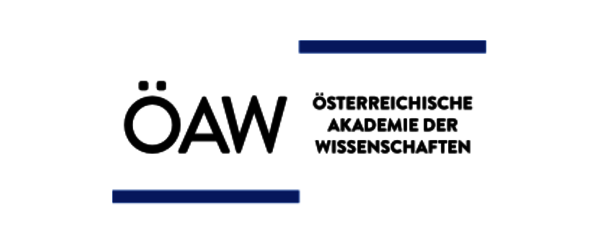Publications
European National Academies of Science: EASAC’s message to IEA-Bioenergy: Let’s debate the real issues!
Downloads
More agreement than it seems at first sight?
EASAC has focused on the net climate impacts of conversions for electricity generation from coal to forest biomass, which attract billions of euros of subsidies. The subsidies are justified by claims these conversions contribute to mitigating climate change. But we have pointed out that the science shows that this risks having the opposite effect! The reason is because when a power station switches from coal to wood pellets, a significant amount of extra CO2 is released at first, because for each kWh of electricity generated, biomass’s lower energy content and complex supply chain emits more CO2 than the coal replaced. Of course, when biomass is harvested, vegetation regrows so that this extra CO2 will be reabsorbed from the atmosphere over time and there should be a net benefit from switching, eventually. We all agree on that point, but the devil is in the detail.
Where uncertainties abound is in estimating how long it takes before that initial pulse of extra emissions from the burning of wood is reabsorbed by the regrowth of wood. That depends on many things, e.g. what kind of wood was actually removed, and how the specific forest regrows. But when extra trees are harvested to provide biomass for electricity, the time needed for reabsorbing (the so-called ‘carbon payback period’) is likely to be several decades. EASAC points out that such periods are beyond the time we have available to meet Paris Agreement targets to limit warming to 1.5-2oC. We ask why we should be spending so much of our ‘renewable energy budgets’ on supporting a technology which fails to reduce atmospheric CO2 levels quickly.
A critical reason why coal to biomass conversions are popular is that emissions from burning forest biomass at the power station are allowed to be accounted as zero. Thus switching creates the superficial impression of progress in reducing emissions, even though from a climate point of view, they have increased. EASAC pointed out that without this emissions accounting rule, there would be no real reason for switching. We have thus called for a more science-based set of emission accounting rules and basis for subsidy.
Areas of controversy
IEA Bioenergy’s critique shows considerable agreement on the basic science. They accept the inevitable increase in emissions after switching from coal to biomass and they agree there is a carbon payback period. So the differences reflect different priorities for policy-making. There are also debates on much wider issues: what are the effects on forest management of the market for biomass pellets, what types of wood are harvested, how to mesh biodiversity goals with increased forest harvesting for biomass, as well as socioeconomic issues of energy supply and pressures to use the sunk assets of old coal stations. If biomass electricity is to be selected by governments and operators for policy support, the balance of these issues, EASAC believes, need to be discussed openly, so the public knows what they are getting for their money. At present, the real climate impacts of bioenergy (especially conversions from coal) are obscured by the emissions accounting rules (reporting zero emissions when there are considerable emissions) and failures to accurately calculate and publish the carbon payback period. EASAC argues that the ‘bottom line’ must be whether a project will help meet Paris Agreement targets or add to the risk of overshooting them.
There are many important questions here for European policy-makers and society. Are the subsidies giving value for money in terms of reducing atmospheric levels of CO2 (relative to other renewable technologies like wind and solar)? How can we calculate acceptable payback periods, and how can operators manage their supply chain and avoid payback periods which are too long to help avoid overshooting Paris Agreement targets? Also, how do we phase out uses which fail to help deliver climate change mitigation? EASAC will be happy to engage in open science-based debate on these core questions.
Source documents
- Serious mismatches continue between science and policy in forest bioenergy https://doi.org/10.1111/gcbb.12643.
- IEA Bioenergy group. https://www.ieabioenergy.com/wp-content/uploads/2019/12/WoodyBiomass-Climate_EASACresponse_Nov2019.pdf
Contacts
Professor Mike Norton, EASAC Environment Programme Director, Email: mike.norton@easac.eu
Professor Lars Walloe, EASAC Environment Steering Panel Chair, Email: lars.walloe@medisin.uio.no
For general enquiries
Ms Sabine Froning
EASAC Communications Officer/Communication Works
Email: sabine.froning@easac.eu
Phone: +49 15208727000
back to overview




























